our vacation home
PUNKKA
This Homestead was est. 1723
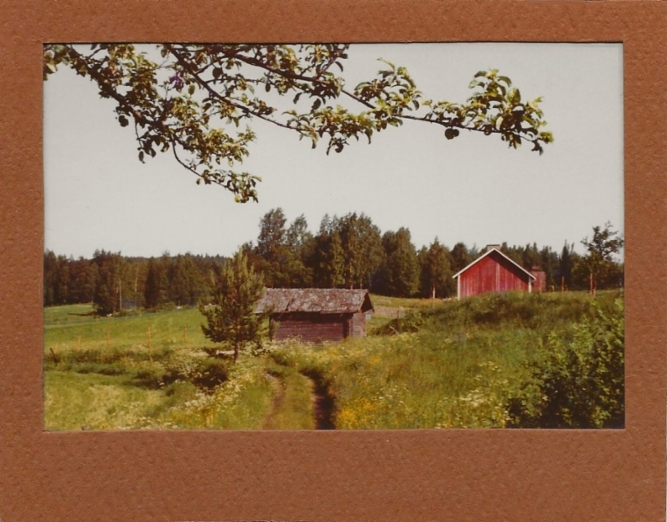
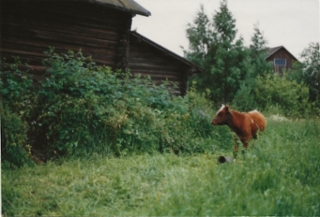
BULLOCK THAT BROKE DAD'S TOE
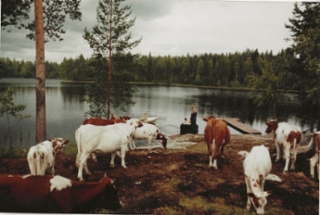
DAD AND CHILDREN DOWN AT THE LAKE
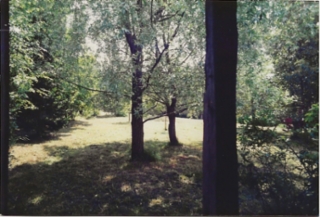
fRONT OF HOUSE AFTER CUTTING THE LONG GRASS
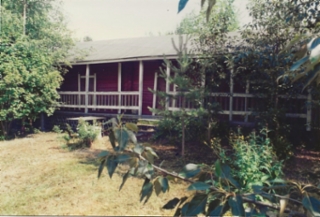
AITTA WHERE WORKERS SLEPT
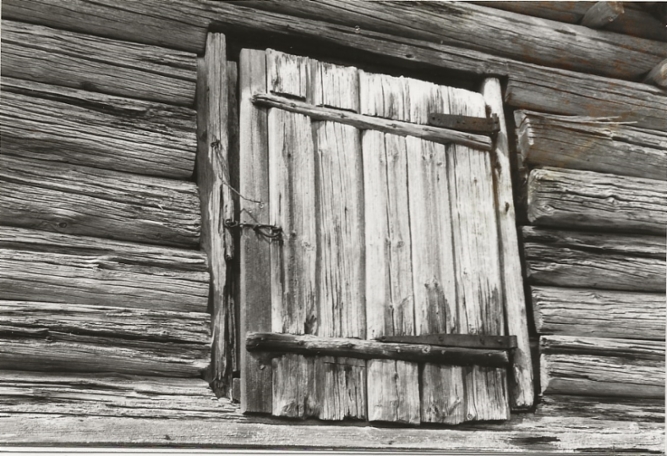
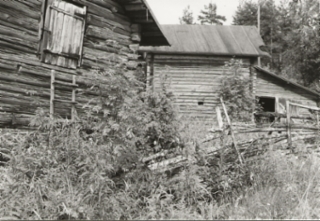
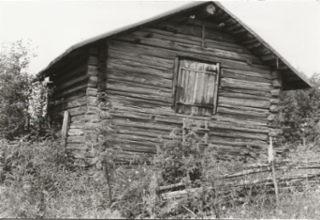
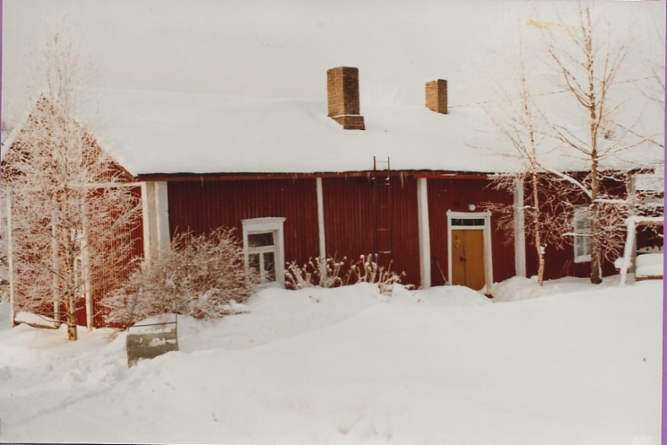
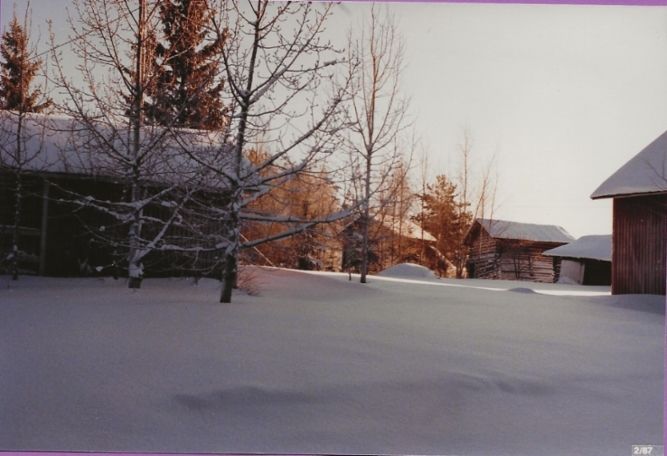
At our Punkka farm, we had an old barn that had been used for cattle, hay storage, and machines. After the Chernobyl disaster, we observed an interesting phenomenon there.
Radioactive fallout occurred in Finland first on April 28, 1986, two days after the disaster, and then, with a lower intensity, a couple of weeks later. It seems that the fallout took place during a critical stage of the development of some cocoons in the barn.
Our barn was full of Small Tortoiseshell butterfly (Aglais urticae) cocoons, and when the adults emerged during early summer, most of them were more or less deformed. Their wings were kind of frayed, often useless for flying, and their color pattern was asymmetric. But in the years since then, I haven't seen any butterflies deformed like that, so it didn't have a lasting effect. Tortoise-shell butterflies remained common and healthy in Finland.
Another observation we made in Punkka changed our view of gardening a lot. In our yard we discovered an old, untended strawberry patch. It was hard to see because it was totally overgrown by dandelions and grass. But the shade and moisture provided by those weeds had kept the strawberry plants strong, big, and productive. Nowhere have we tasted better garden strawberries. Modern methods for growing strawberries under black plastic sheeting must require constant watering and probably poisons, as well. Yet our old patch was much more productive than the modern ones I've seen.
Radioactive fallout occurred in Finland first on April 28, 1986, two days after the disaster, and then, with a lower intensity, a couple of weeks later. It seems that the fallout took place during a critical stage of the development of some cocoons in the barn.
Our barn was full of Small Tortoiseshell butterfly (Aglais urticae) cocoons, and when the adults emerged during early summer, most of them were more or less deformed. Their wings were kind of frayed, often useless for flying, and their color pattern was asymmetric. But in the years since then, I haven't seen any butterflies deformed like that, so it didn't have a lasting effect. Tortoise-shell butterflies remained common and healthy in Finland.
Another observation we made in Punkka changed our view of gardening a lot. In our yard we discovered an old, untended strawberry patch. It was hard to see because it was totally overgrown by dandelions and grass. But the shade and moisture provided by those weeds had kept the strawberry plants strong, big, and productive. Nowhere have we tasted better garden strawberries. Modern methods for growing strawberries under black plastic sheeting must require constant watering and probably poisons, as well. Yet our old patch was much more productive than the modern ones I've seen.
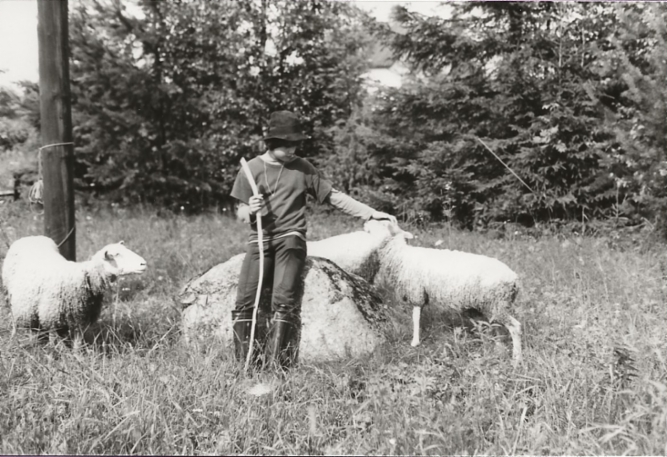
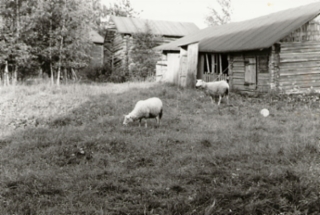
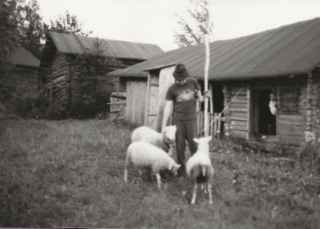
Here are some odd photos and family
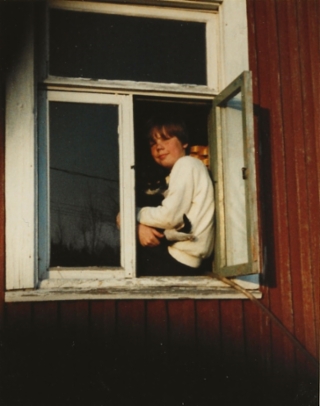
Robin looking sweet!
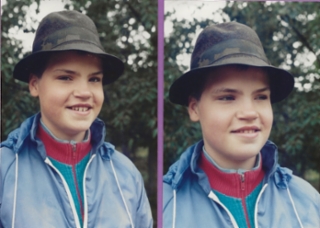
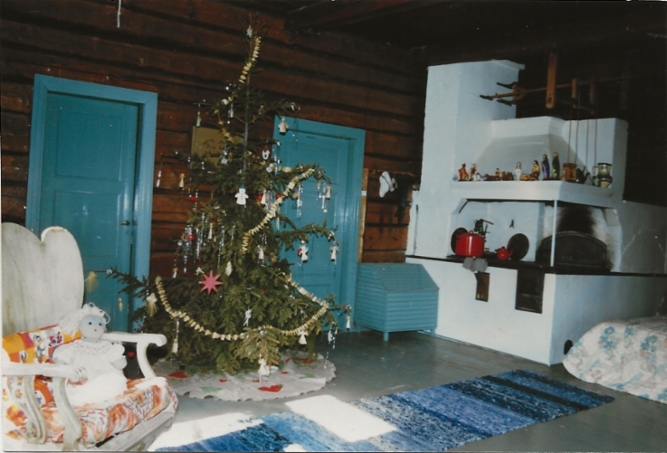
CHRISTMAS
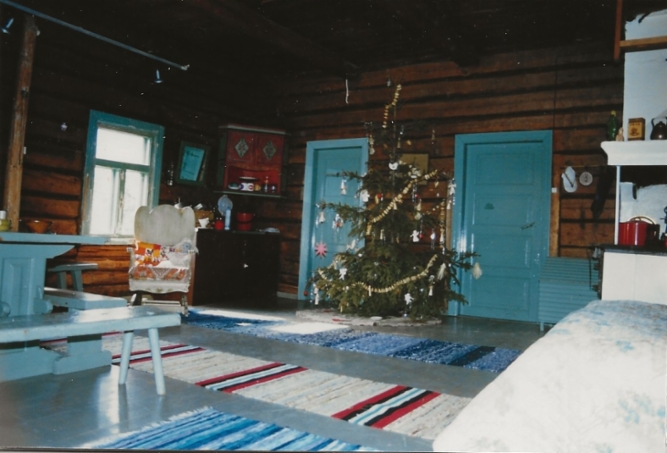
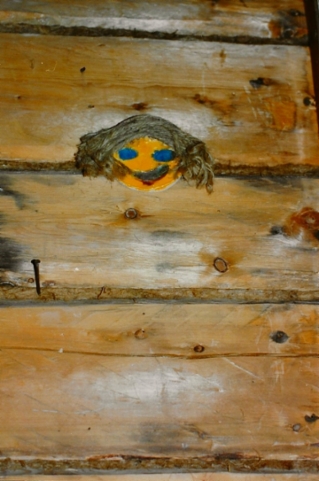
Art by Heidi and Huge Log Walls
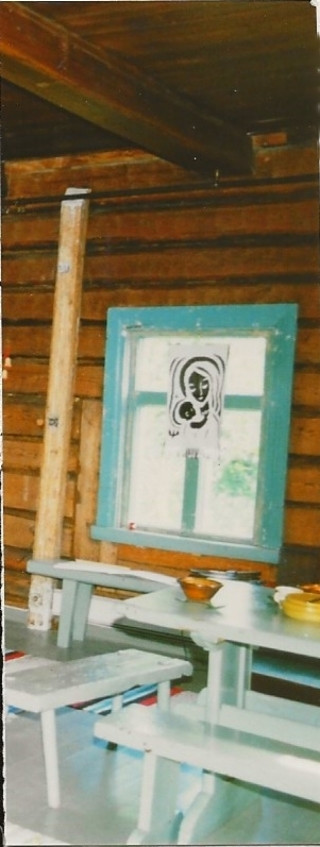
BLACK LIVES MATTER
